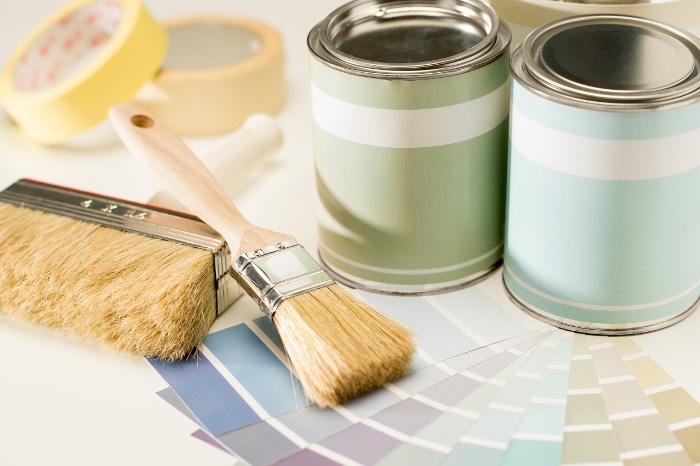Need to Discuss – How to Refinance Your Adjustable-rate Mortgage with Better Terms
 An adjustable-rate mortgage was once a great mortgage product, at a time when home buyers wanted to avoid locking in high interest rates. But with historically low interest rates now available to millions of buyers and rates expected to rise in 2017, lots of mortgage holders are trying to find a deal and negotiate better terms before rates go up. One great way to save on mortgage costs is to refinance your adjustable-rate mortgage.
An adjustable-rate mortgage was once a great mortgage product, at a time when home buyers wanted to avoid locking in high interest rates. But with historically low interest rates now available to millions of buyers and rates expected to rise in 2017, lots of mortgage holders are trying to find a deal and negotiate better terms before rates go up. One great way to save on mortgage costs is to refinance your adjustable-rate mortgage.
So how can you make a mortgage refinance work for you? Here are a few tactics you can use to get better terms through a refinance on your adjustable-rate mortgage.
Get Your Finances In Order
In order to successfully refinance your adjustable-rate mortgage, you’ll need to be in a strong financial position for a variety of reasons. Firstly, having a strong credit score gives you much more leverage when negotiating with a lender. And secondly, refinancing a mortgage will come with closing costs that you’ll need to pay out of pocket.
Make sure your finances are in good shape before you try to refinance it’ll be much easier.
Extend The Loan’s Term For Lower Monthly Payments
Recasting a mortgage is a popular way to reduce your monthly mortgage payments without giving up other favorable terms in your loan. When you recast your mortgage, you make a lump sum payment directly toward the principal amount of the loan, which reduces the loan balance, decreases your interest payments, and lowers your monthly payments. The loan maintains its original term, but it becomes much easier to manage.
Interest Rate Reset Coming Up? Negotiate An Interest Rate Cap
One little-known tactic that you can use to get better terms is to take advantage of an interest rate reset to negotiate a rate cap. In order to take advantage of this, you’ll need to get a mortgage approval and loan estimate for a fixed-rate mortgage. Once you have an approval in hand, your bank may have the option to offer to cap your interest rate.
Refinancing an adjustable-rate mortgage is becoming increasingly common, and for good reason. A mortgage advisor can help you to navigate the refinancing process. Contact your local mortgage professional to learn more.

 Last week’s economic news included the NAHB Housing Market Index, reports on housing starts, building reports and existing home sales. Minutes of the Federal Reserve’s last FOMC meeting were also released.
Last week’s economic news included the NAHB Housing Market Index, reports on housing starts, building reports and existing home sales. Minutes of the Federal Reserve’s last FOMC meeting were also released. Whether you’re moving into your first apartment or preparing to purchase a second home, Ikea is a favorite for those trying to economically fill up the extra space in their home. While Ikea may have plenty of inexpensive options that you might not think can be dressed up, there are actually a lot of simple pieces that you can add to for a stylish, DIY look that will take no time at all.
Whether you’re moving into your first apartment or preparing to purchase a second home, Ikea is a favorite for those trying to economically fill up the extra space in their home. While Ikea may have plenty of inexpensive options that you might not think can be dressed up, there are actually a lot of simple pieces that you can add to for a stylish, DIY look that will take no time at all.